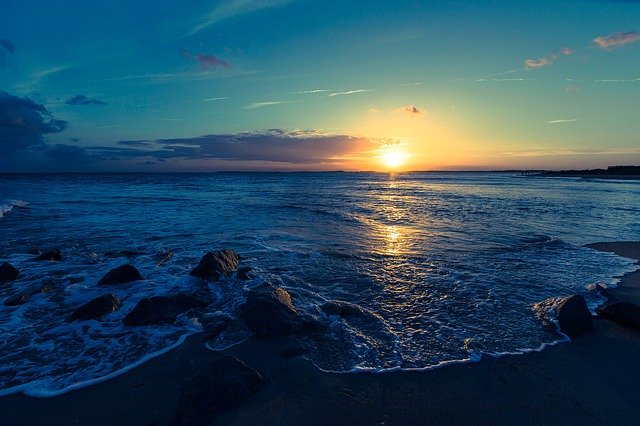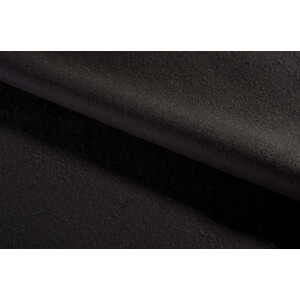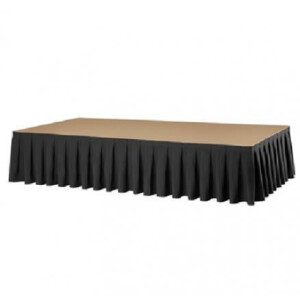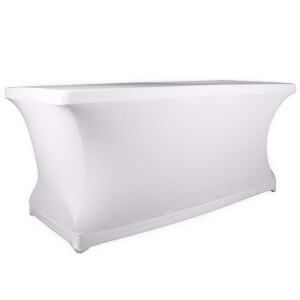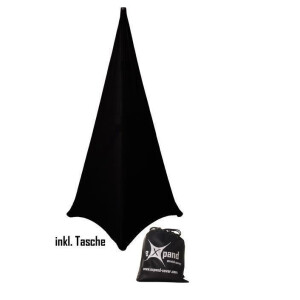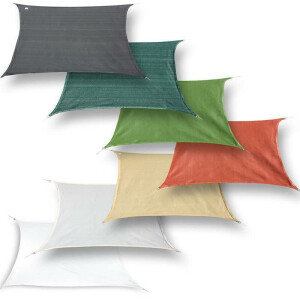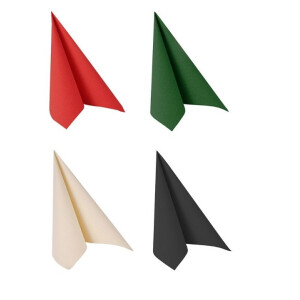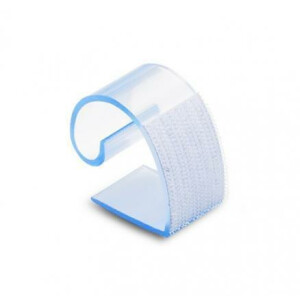Lotus silk - Buddha's holy thread
This precious silk is produced exclusively at Lake Inle in Myanmar. The Intha people who live there process the fibres of the Indian lotus blossom into rare lotus silk.
The lotus flowers are always harvested at the end of the wet season, as this is when the stems are longest. Wafer-thin lotus fibres are then extracted from the leaves and stems. The fibres are twisted and spun while still moist. During weaving, the threads must be repeatedly moistened with water, otherwise they would break. A weaver can produce between 80 and 100 grams of yarn per day. For one meter of fabric, made from 10,000 lotus stalks, she needs a whole week.
The lotus is the flower of the Buddha. That is why lotus silk may only be worn by Buddha statues and Buddhist monks in East Asia. So this silk is almost holy! Since recently, however, visitors from the western world are also allowed to purchase this precious fabric. 100$ for a scarf or 7000$ for a jacket that warms in winter and cools in summer. An especially exclusive souvenir from the Asian continent.
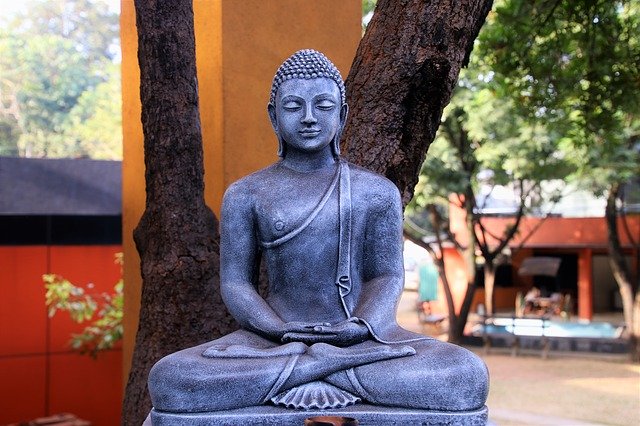
Sea silk - the fabric of kings
One of the most precious materials in the history of mankind is sea silk. Since ancient times, golden shining threads have been obtained from the noble pen shell (Pinna nobilis). The mussels can be found all over the Mediterranean Sea, where they live in coastal seagrass fields.
The mussels hold on to seaweeds and stones with particularly tear-resistant fibres, the so-called byssus threads. Despite its strength and stability, the byssus is even finer than silk. A single mussel produces only about 1 to 2 grams of raw byssus. For 1 kg of pure sea silk one needs 4000 animals.
No wonder that for centuries this type of silk was worth its weight in gold. Only kings and church authorities such as abbots or popes could wear this luxurious fabric. Only a few pieces of sea silk have survived worldwide.
The oldest surviving object made of sea silk is a knitted cap from the 14th century, which was found in Saint Denis near Paris in 1978. The largest surviving object is a scarf weighing 400 grams. One of the most famous textiles made of sea silk is the veil of Manoppello, which is said to show the face of Jesus Christ.
Due to unbridled overexploitation, the number of mussels decreased so much that they were close to extinction in the middle of the 20th century. Today the "Pinna nobilis" is a protected animal. It now provides marine biologists with important information about temperature fluctuations in seawater. Using the mussel shells, sea temperatures can be traced back over long periods of time. No mussels need to be killed for this analysis.
